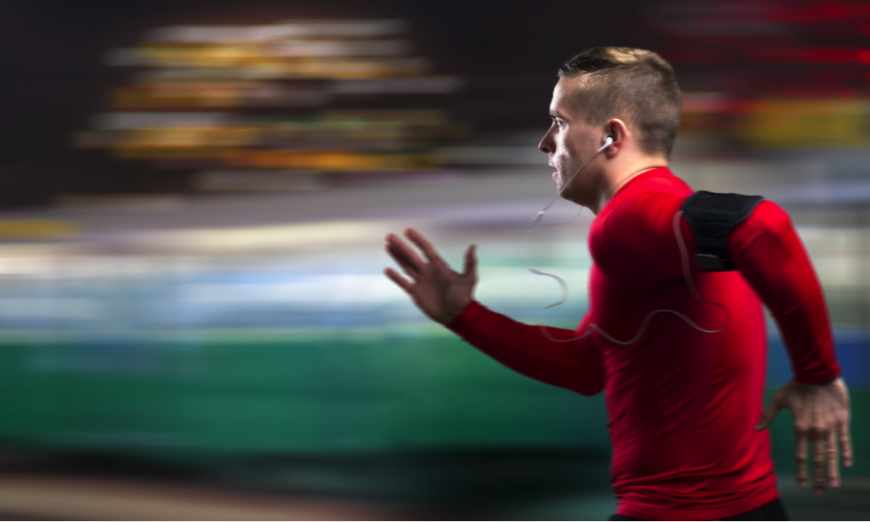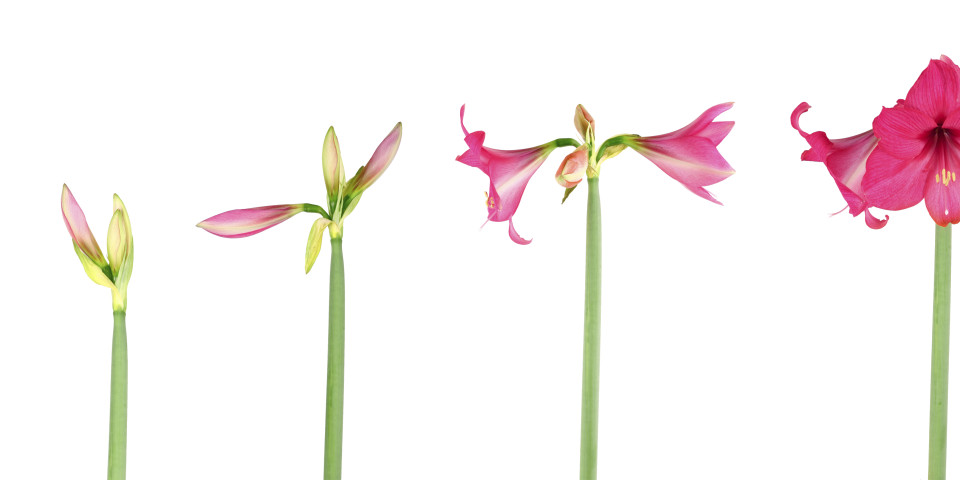What Are We Trying to Achieve?
The job of any good photograph is to tell a story. Sometimes the subject of our story is in motion and we want the photograph to convey that. Sometimes we want to impart the sense of motion to a static object. Sometimes we want to draw attention to motion. There are many techniques to depicting motion and those are the tips that we will cover in this article.
Showing Movement in a Moving Subject Against a Static Background

The most common case for this involves flowing water, but there are many options. In this scenario, we want the primary subject to display what is called motion blur. The way to achieve this is to use a shutter speed that holds the shutter open long enough for the subject to move in the frame before the shutter closes.
This is actually pretty easy. You will put your camera on a tripod or other stable unmoving platform. Set up your composition so there is a clear inclusion of non-moving background elements that will create a contrast with the moving subject. Use a remote release or the self-timer to fire the camera. Choose your aperture to give yourself the depth of field that you need.
For water, as an example, you will need fairly long shutter speeds, likely four seconds or more, so you will also probably need a Neutral Density filter to cut the inbound light down so you can get a slow enough shutter speed. Don’t have a Neutral Density filter? Your best bet is one offering 5-6 stops of speed reduction. You will also want to use an app like ND Timer to tell you what exposure to use based on what the camera proposes without the filter. When the light level gets really low as with a dark filter, your camera light meter will often produce incorrect results.
Some people don’t want to use tripods or other bracing methods, but you cannot handhold cameras and lenses consistently below about 1/60th of a second for the average human. Image stabilization will not help you until your shutter speed is down around 1 second to 1/3 of a second and not much longer than that. A tripod is a simple and proven route. By the way, for consistency always disable image stabilization in camera when the camera is on a tripod. Your camera / lens combination may not require this but better safe than sorry.
Keeping the Subject Sharp While Blurring the Background

This technique is great to allow you to focus attention on the subject and to put all the motion blur on the background. You can shoot this sort of thing handheld if you practice your panning technique, or you can use a tripod with a head that has a panning base. For that scenario to work your pan has to be set for the same angle as your subject will be moving in. It’s not as hard as it sounds.
Let’s use a moving car as an example. You will set your camera to continuous autofocus and I will recommend using a single focus point. You will have to try out different shutter speeds. For Indy cars, I find that 1/125th of a second is a good place to start. For faster moving subjects, you can go faster and for slower moving subjects such as a marathon or track event, you will probably want to get down to about 1/30th of a second.
You will start your pan on your subject and keep the subject in the same place in the frame as you pan and squeeze the shutter. Keep the pan going even after you hear the shutter close.
Many people struggle with panning because they pan from the waist. This is less likely to work as your body is bending. Try this instead in your home. Bring your camera to your eye. Start with your back straight and a gentle bend in your knees. Keeping your torso straight, push your right knee forward. See? Your body pans to the left and your pan speed is controlled by how fast you push your knee. Do the exercise again but push with your left knee. You are now panning centre to right. Continue to practice starting with one knee pushed forward and then bring it back, gently switching the push to the other knee. This will give you a rather wide and quite smooth pan. Doing a panning motion well requires practice and then matching the knee push to the speed of the subject.
Many people struggle with panning because they pan from the waist. This is less likely to work as your body is bending. Try this instead in your home. Bring your camera to your eye. Start with your back straight and a gentle bend in your knees. Keeping your torso straight, push your right knee forward. See? Your body pans to the left and your pan speed is controlled by how fast you push your knee. Do the exercise again but push with your left knee. You are now panning centre to right. Continue to practice starting with one knee pushed forward and then bring it back, gently switching the push to the other knee. This will give you a rather wide and quite smooth pan. Doing a panning motion well requires practice and then matching the knee push to the speed of the subject.

What you will find is the ability to retain good sharpness of the subject whilst creating powerful motion blur in the background. This is a great technique for sporting events. I use it constantly when shooting Polo or Rodeo. Expect that some elements of the subject itself may be moving in an axis different from your pan and that you will get some motion blur there. A common situation is in a track and field running event where the runner’s pumping arms blur out, the legs to a lesser extent and the torso and head look sharp. This is a great technique to really show motion.
Creating Motion in a Static Subject

Another good tip is how to impart motion on a static subject. It creates motion blur across the entire subject. It works well to create the illusion of motion, but I like it as well for its creative effect.
In most cases this is easiest on a tripod. For horizontal moves your regular tripod head with panning base is all you need. You will set the camera to a longer shutter speed and then start the pan before pressing the shutter release. Keep the pan going after the shutter closes for smoothness. Try varying the speed of the pan and the shutter speed for different effects.

If you want to do a vertical move, a tripod with a video pan tilt head will be better because you can restrain the axis of motion. Good video heads are always fluid damped for very smooth pans. Again, you will start your pan, release the shutter and continue the pan after the shutter closes. Vertical sweep moves like this are often used with trees or buildings to accentuate their height and the sense of moving up.
Conclusions
The key thing to remember with motion blur photography is that the best image is the one that you like. This is a creative process and there are no right or wrong answers. This means allowing yourself to experiment and try different things. That’s how great work gets created, and it’s not likely that any two images will be the same.





